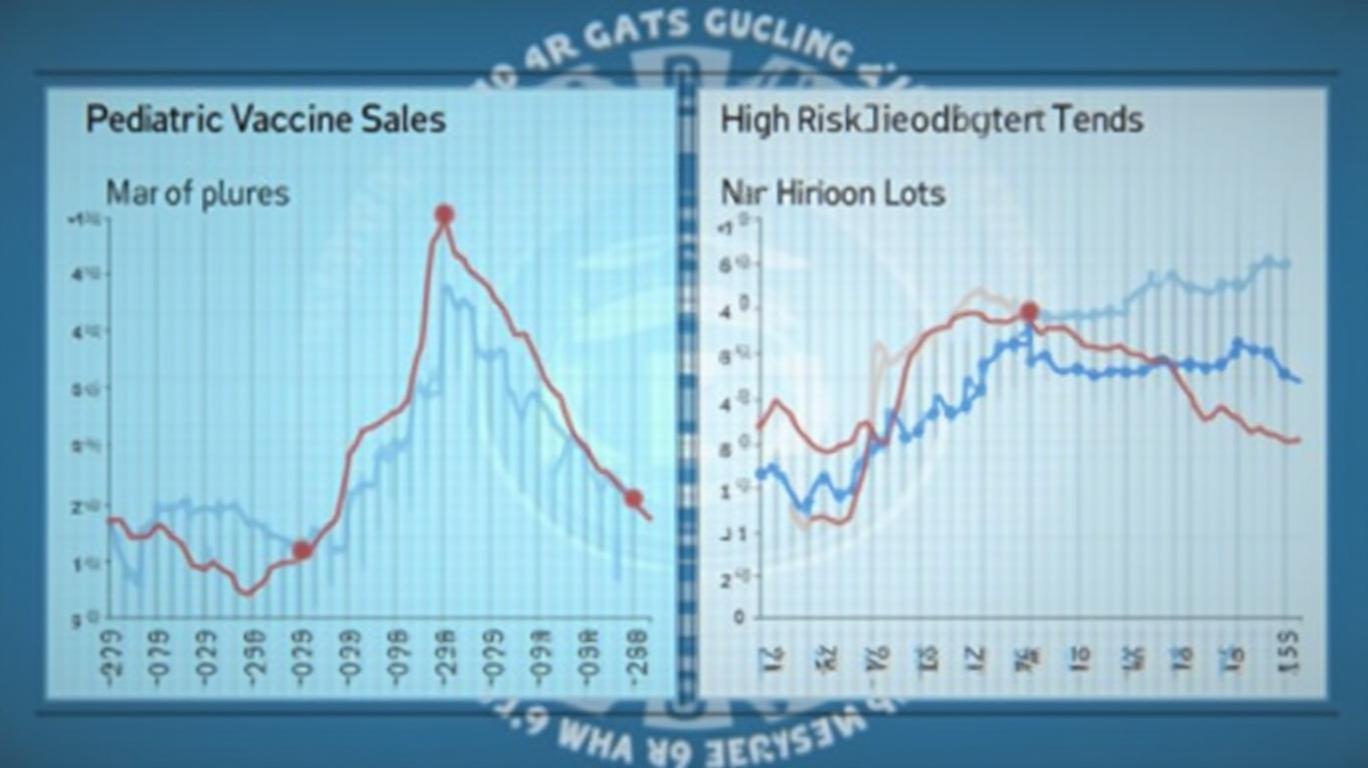CDC Vaccine Shift: Biotech Winners, Losers, and the New Rules of Risk Stratification
The CDC's May 2025 reversal on pediatric and maternal COVID vaccine recommendations has sent shockwaves through the healthcare sector. By sidelining healthy children and pregnant individuals in favor of high-risk groups, the guidelines have created a stark divide between winners and losers in biotech—and investors must act fast to capitalize on the shift.
The Pfizer/Moderna Dilemma: Short-Term Pain, Long-Term Gain?
Pfizer (PFE) and Moderna (MRNA) face an immediate hit as demand for pediatric vaccines plummets. reveals early market skepticism, with both down 15-20% since the announcement. But here's the catch: the CDC's focus on older adults (65+) and immunocompromised individuals could stabilize their revenue. High-risk groups represent a reliable, recurring market for boosters, especially as the FDA mandates updated formulations targeting newer variants. Investors should monitor Q3 earnings for signs of demand resilience in this core demographic.
Novavax's Niche Moment: Pricing Power in a Shrinking Market
Novavax (NVAX), which secured FDA approval for its protein-based Nuvaxovid in May, now holds a unique edge. The vaccine is restricted to high-risk groups under 65, a carve-out that could let Novavax charge premium prices. may surge as competitors face pediatric headwinds. Its manufacturing agility and narrow focus on clinical trials for high-risk cohorts position it to dominate a $2B+ slice of the market—provided it can navigate FDA trial requirements.
Healthcare Infrastructure: The Hidden Play in Private Insurance
The CDC's cuts to funding and delayed updates on RSV/meningococcal guidelines are a double-edged sword. Public health systems may buckle under reduced resources, but private insurers like UnitedHealth (UNH) and Cigna (CI) could thrive. These firms can align coverage with the CDC's risk-stratified approach, offering tailored plans for high-risk groups. shows early gains as investors bet on their ability to capitalize on fragmented public infrastructure.
The Regulatory Tightrope: Delays, Supply Chains, and FDA Watchlists
The biggest risk? The FDA's new trial mandates, which now require randomized studies for vaccines targeting healthy populations. This could delay fall booster approvals and disrupt supply chains. Keep an eye on the FDA's Vaccines and Related Biological Products Advisory Committee (VRBPAC) meetings—any delays beyond September could trigger sector-wide volatility. Biotechs without high-risk trial data (e.g., Valneva) are especially vulnerable.
Actionable Takeaways for Investors:
1. Buy the dip on Pfizer/Moderna if high-risk demand holds.
2. Overweight Novavax for its niche pricing power.
3. Diversify into private insurers with CDC-aligned coverage models.
4. Avoid biotechs reliant on pediatric vaccines until guidelines stabilize.
The CDC's new rules aren't just about vaccines—they're a blueprint for risk-stratified healthcare. Investors who pivot to high-risk markets, regulatory agility, and infrastructure plays will thrive. Those clinging to the old playbook? They'll be left behind.

Final Call: The biotech landscape is fracturing. Move fast—or risk obsolescence.

Comments
No comments yet